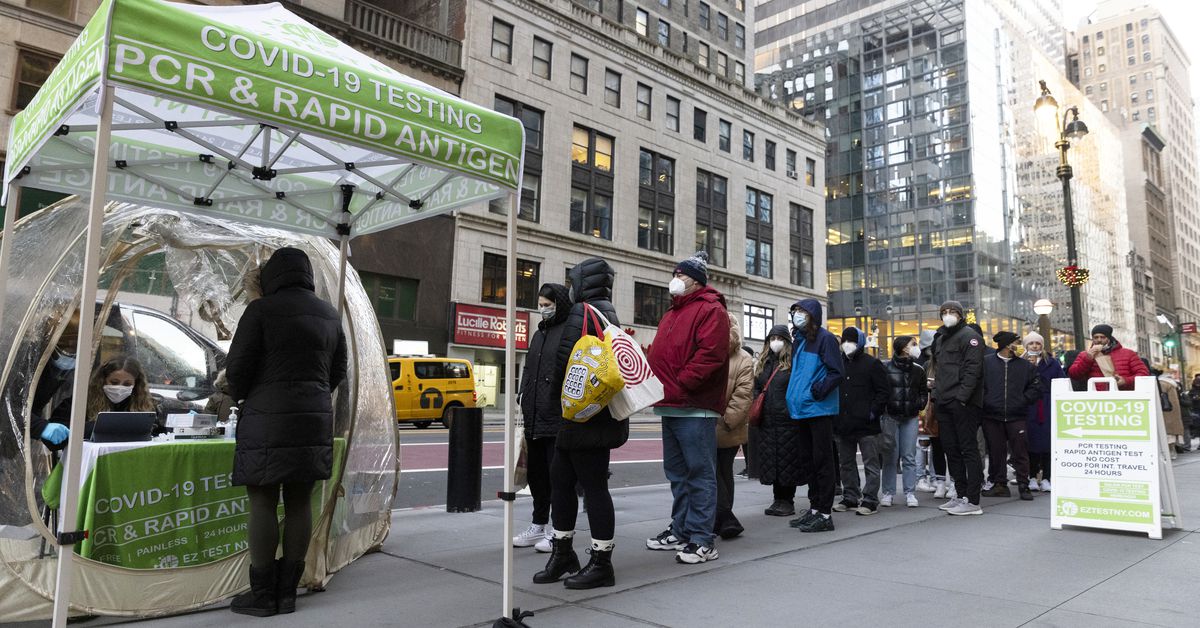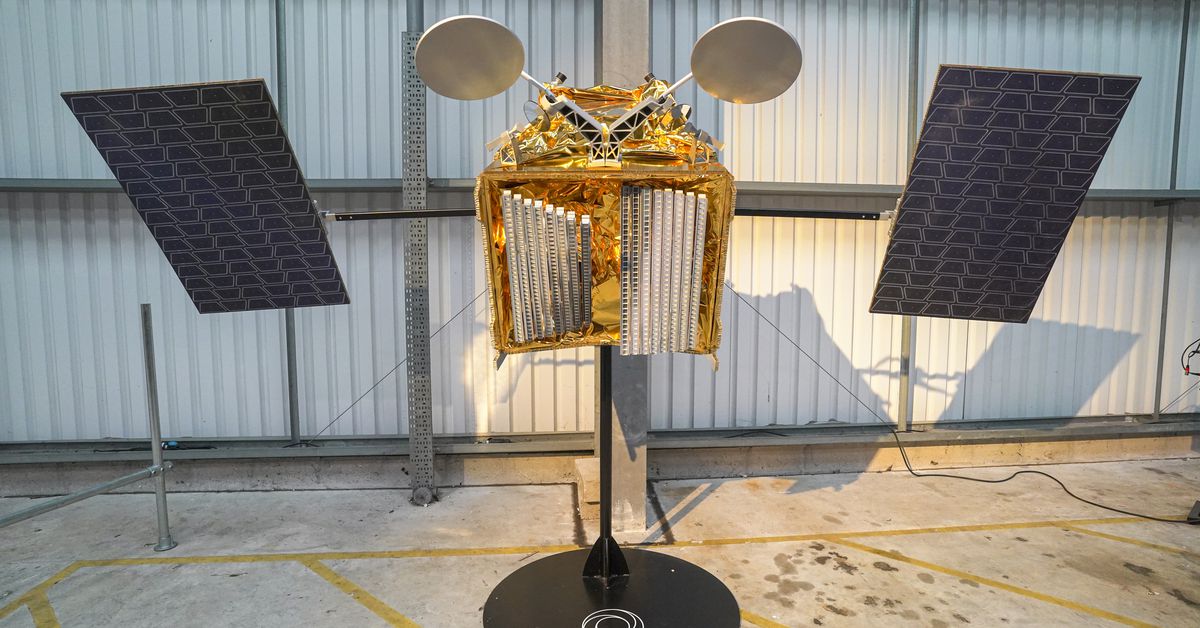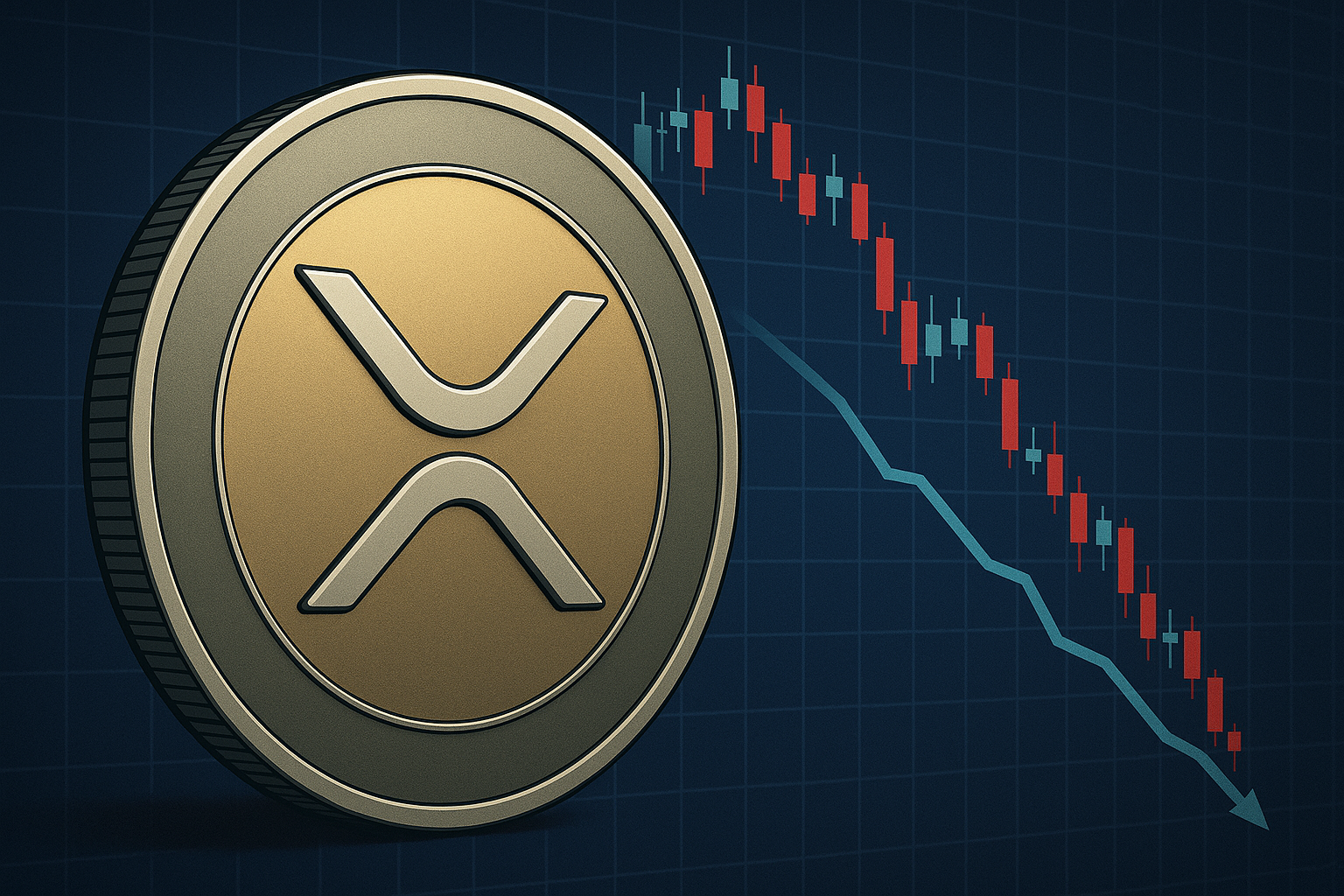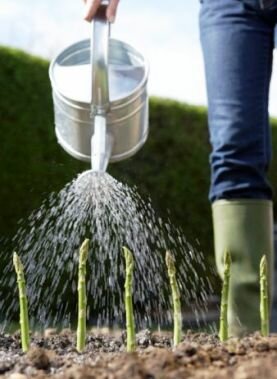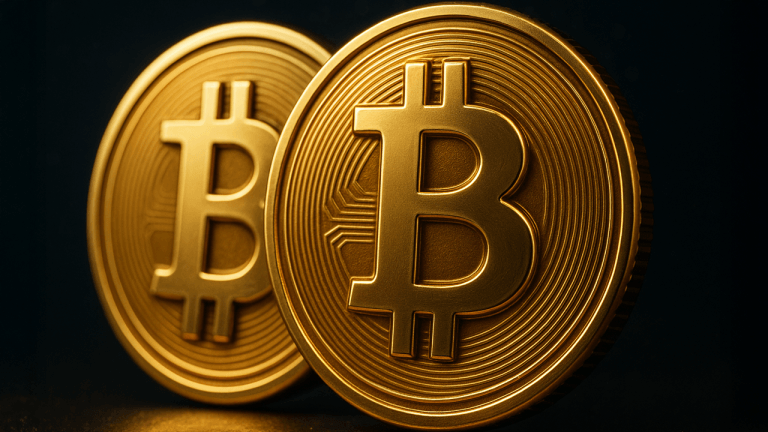The Boeing Starliner’s strange test flight finally returned to Earth, but it’s empty
Boeing’s Starliner spacecraft that launched NASA’s Crew Flight Test astronauts Butch Wilmore and Suni Williams to the International Space Station is pictured docked to the Harmony module’s forward port on Wednesday, July 3, 2024. | Image: NASAThe Starliner flew...
/cdn.vox-cdn.com/uploads/chorus_asset/file/25607938/Boeing_Starliner_docked_at_International_Space_Station.jpg)
After years of delays, the first crewed flight test of Boeing’s Starliner spacecraft launched on June 5th, carrying NASA astronauts Butch Wilmore and Sunita Williams to the International Space Station for what was supposed to be a short trip. However, after thruster issues and some leaks, their return trip on Starliner was postponed and eventually canceled.
On September 6th at 6:04PM ET, the Starliner spacecraft autonomously undocked from the ISS and returned home without its crew, who will stay aboard the ISS until they return to Earth with SpaceX’s Crew-9 mission in 2025.
During a press conference in August, NASA Commercial Crew Program manager Steve Stich justified the decision, saying, “...there was just too much uncertainty in the prediction of the thrusters.” Before the spacecraft undocked, NASA traced a series of strange sounds it had been emitting to an “audio configuration between the space station and Starliner.”
Follow along here for all of the updates as Starliner’s crew make its way back to Earth.
Boeing Starliner is finally on its way back.
The troubled spacecraft successfully undocked from the ISS without issue just after 6PM ET, and now it is scheduled to land at 12:01AM ET on Saturday at White Sands Space Harbor in New Mexico.
Boeing’s Starliner started making a repeating ‘pulsing’ sound Saturday
Image: NASA
US astronaut Barry Wilmore called NASA ground crew on Saturday, asking for help with a repetitive knocking sound that was coming from the Boeing Starliner craft. The interaction was captured by a NASA Space Flight forum member, who included a recording of it in a post that was spotted by Ars Technica.
In the recording, Wilmore asks the NASA crew in Houston to configure their call to show them the noise, which he says is coming from the speaker inside Starliner. Then, a repetitive clanging sound with slight there’s-something-on-the-wing vibes can be heard. The Earthside crew member describes it as sounding “almost like a sonar ping.”
NASA will bring the Starliner astronauts home next year on SpaceX’s Crew-9 mission
Image: NASA
NASA administrator Bill Nelson announced today that US astronauts Sunita Williams and Barry Wilmore will return next February with the SpaceX Crew-9 mission after spending more than 80 days aboard the International Space Station (ISS).
According to NASA Commercial Crew Program manager Steve Stich, “As we got more and more data over the summer and understood the uncertainty of that data, it became very clear to us that the best course of action was to return Starliner uncrewed.” He said NASA found “there was just just too much uncertainty in the prediction of the thrusters.”
Boeing Starliner astronauts might get a ride home from SpaceX — in 2025
Image: Boeing
During a press conference today, NASA representatives confirmed they have a contingency plan to bring astronauts Barry Wilmore and Sunita Williams home from the International Space Station (ISS) early next year. If they’re unable to leave sooner aboard the Boeing Starliner spacecraft that brought them there, the backup plan would rely on SpaceX’s Crew-9 mission, which has had its launch delayed while officials figure out what to do next.
After a successful crewed launch of the Boeing Starliner on June 5th (following several delays), the two astronauts were originally supposed to spend about a week aboard the ISS before parachuting back to Earth. But the Starliner experienced thruster failures and helium leaks while docking with the ISS, plus additional delays that have left the astronauts stuck in orbit for over two months while Boeing and NASA try to determine if the vehicle is still safe to use.
Third time’s the charm — Boeing’s Starliner crewed flight test has finally launched
Screenshot: NASA
The third attempt at a crewed launch of the Boeing Starliner was a success. On Wednesday at 10:52AM ET, the spacecraft lifted off atop the United Launch Alliance’s Atlas V rocket from Cape Canaveral, Florida, and now has reached a “safe, stable orbit.”
The Starliner will bring NASA astronauts Butch Wilmore and Sunita Williams to the International Space Station about 24 hours from now, where they’ll “test the end-to-end capabilities of the Starliner system, including launch, docking, and return to Earth.” The two astronauts will stay at the ISS for about a week before parachuting down in the western portion of the US.
Boeing’s first crewed Starliner launch delayed again over computer issues
Photo: Joe Raedle / Getty Images
Boeing, NASA, and the United Launch Alliance (ULA) scrubbed today’s launch of Starliner less than 4 minutes before liftoff. The setback comes after a string of disappointments, but as with its early May delay, the issue wasn’t with Boeing’s crew vehicle.
NASA says the ULA is currently investigating why a computer, called a ground launch sequencer, didn’t enter “the correct operational configuration,” triggering an automatic hold. During a press conference afterward, ULA CEO Tory Bruno said the issue was that one of three redundant launch sequencers, which are used to control things like releasing connections to the rocket prior to launch, was slow to respond.
The first Boeing Starliner flight with astronauts is delayed again.
The Crew Flight Test was scrubbed Monday night just as the astronauts settled into position, but now NASA says the launch will be pushed back by a couple of weeks, at least.
NASA’s Boeing Crew Flight Test now is targeted to launch no earlier than 6:16 p.m. EDT Friday, May 17, to the International Space Station. Following a thorough data review completed on Tuesday, ULA (United Launch Alliance) decided to replace a pressure regulation valve on the liquid oxygen tank on the Atlas V rocket’s Centaur upper stage.
Boeing Starliner test flight delayed until 2022
NASA/Joel Kowsky
NASA has officially pushed back the launch of its Orbital Flight-Test 2 until next year, as it continues to work on an oxidizer isolation valve issue on Boeing’s Starliner spacecraft, the agency announced.
The agency said in a blog post that it’s continuing to assess potential launch windows for the mission: “The team currently is working toward opportunities in the first half of 2022 pending hardware readiness, the rocket manifest and space station availability,” according to the post.
NASA shuffles astronaut crew assignments amid ongoing Boeing delays
Photo by GREGG NEWTON/AFP via Getty Images
Two NASA astronauts originally slated to launch on an upcoming flight of Boeing’s new Starliner spacecraft have been reassigned to an upcoming SpaceX flight instead, as delays continue to push back Starliner’s next flight to space. Astronauts Nicole Mann and Josh Cassada were supposed to be among the first human passengers on Starliner during its first crewed flights in the coming years. Now, they’ll fly together on SpaceX’s fifth crewed mission to the International Space Station, which is slated to take place in the fall of 2022.
Mann and Cassada were first assigned to fly on Starliner in 2018. Mann was supposed to fly on the Starliner’s first crewed test flight, along with Michael Fincke and Butch Wilmore — a critical test to prove that Starliner is safe to carry people. Cassada was slated to fly on the next flight after Mann’s, Starliner’s first official crewed mission, which also includes NASA astronauts Sunita Williams and Jeanette Epps. Both Mann and Cassada are rookie astronauts, while many of the other Boeing flyers have been to space before, except for Epps.
Boeing postpones its Starliner mission after detecting a technical issue
Photo by Aubrey Gemignani /NASA via Getty Images
Boeing has postponed the test launch of its uncrewed Starliner astronaut capsule. The delay was caused by a technical issue that popped up after lightning storms on Monday. Mission teams were figuring out whether the issues can be resolved in time for Starliner’s next launch opportunity on Wednesday around noon, but Boeing ruled that out by Tuesday night.
“We’re going to let the data lead our work,” Boeing’s Starliner manager John Vollmer says in a statement. “Our team has worked diligently to ensure the safety and success of this mission, and we will not launch until our vehicle is performing nominally and our teams are confident it is ready to fly.”
After years of turmoil, Boeing’s Starliner capsule is set for a do-over
Photo by Joel Kowsky/NASA via Getty Images
Boeing, once a major player in space, has suffered a string of setbacks, failures, and legal challenges in recent years that have chipped away its dominance in the space industry. The company’s space unit has been lapped by Elon Musk’s SpaceX and left to watch on the sidelines as other companies have moved ahead with ambitious programs, from sending astronauts to the International Space Station to returning humans to the surface of the Moon.
On Friday, Boeing will try to mend its reputation during an uncrewed test of its Starliner astronaut capsule to the ISS. This will be the second launch for the capsule, coming a year and a half after its first attempt failed to reach the space station. Eighteen months of grueling technical investigations and a string of leadership shake-ups has brought Boeing back to the launch pad for a $410 million do-over that would put it on track for its first launch with humans aboard later this year. SpaceX, Boeing’s rival in NASA’s Commercial Crew program, is far ahead, with three astronaut missions already under its belt.
Boeing’s passenger spacecraft actually suffered a second unknown software glitch during debut flight
Image: Boeing
Boeing’s new passenger spacecraft suffered a second major software bug during its debut flight to space in December — one that would have ended in a “catastrophic spacecraft failure” had it not been corrected. Fortunately, Boeing patched the issue before it became a problem, but the issue has safety experts worried about the company’s ongoing oversight of its space vehicles.
The spacecraft is Boeing’s new Starliner capsule, which is designed to take crews to and from the International Space Station for NASA. Boeing launched the Starliner on its first test flight on December 20th, without any people on board. The flight was meant to demonstrate the vehicle’s ability to get to space, dock with the International Space Station, and then return to Earth — all of the major things it will have to do when astronauts are inside.

 ShanonG
ShanonG 








